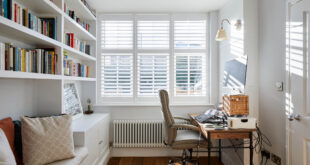Transforming Spaces: A Journey into House Interior Design
Your home is more than just bricks and mortar; it’s a sanctuary, a reflection of your personality, and the backdrop to your life’s most cherished moments. Interior design isn’t just about aesthetics; it’s about creating a space that is functional, comfortable, and truly you. Whether you’re embarking on a full-scale renovation or simply looking to refresh a single room, the world of interior design offers endless possibilities.
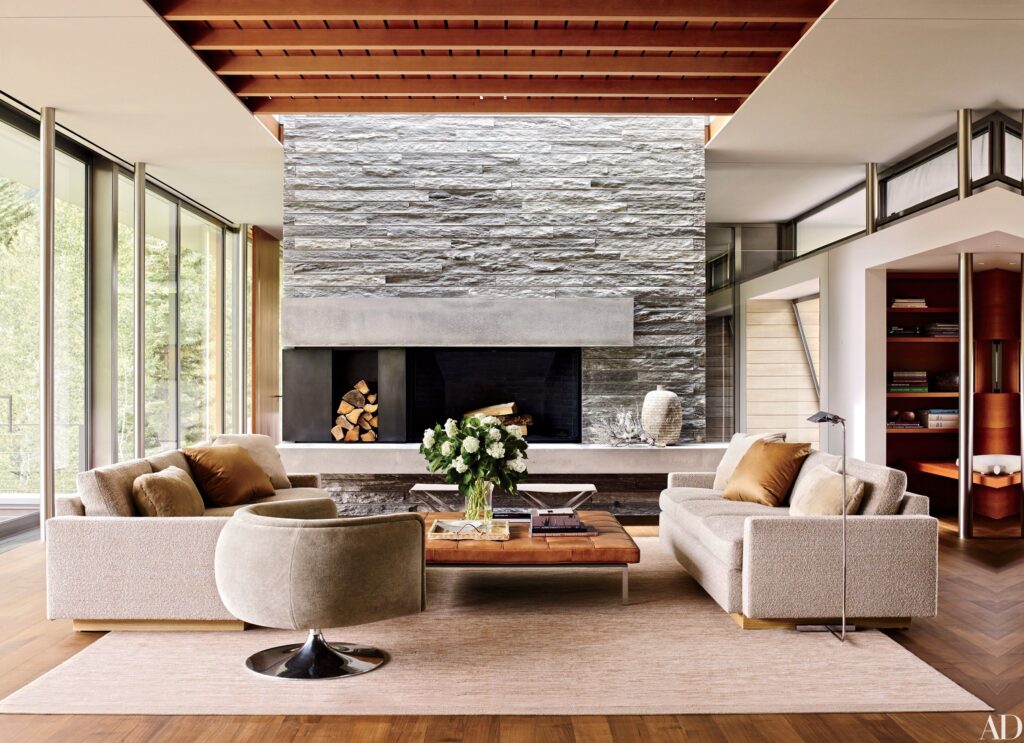
This guide is your comprehensive roadmap to navigating the exciting world of house interior design, offering a wealth of ideas, inspiration, and practical tips to help you create a home you’ll absolutely adore. We’ll delve into various styles, explore the power of color and texture, and provide expert advice on how to maximize space and functionality. Let’s begin!
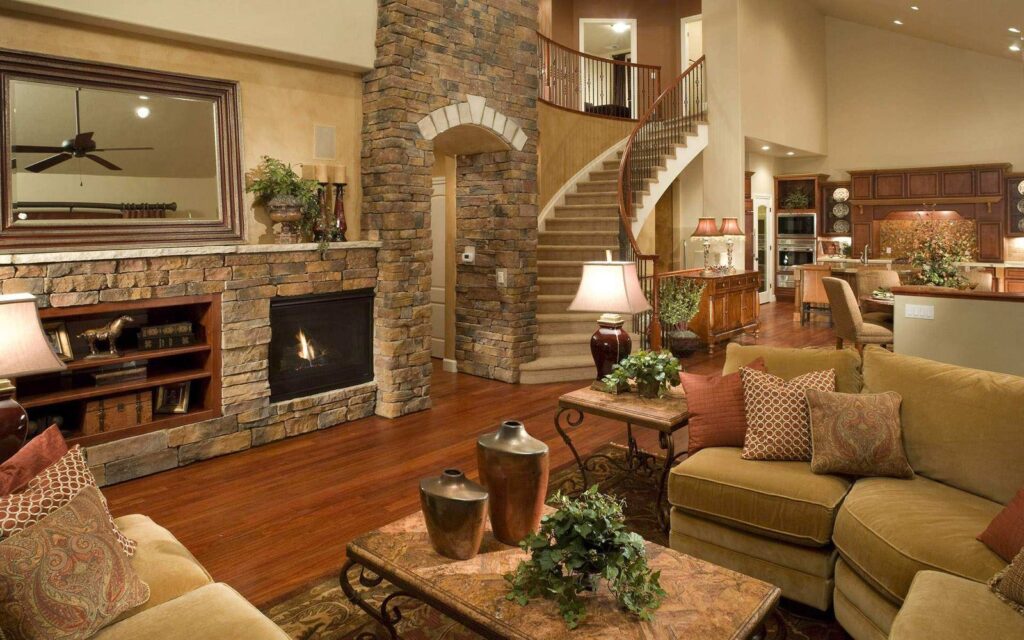
Finding Your Style: Identifying Your Interior Design Aesthetic
Before diving into specific design elements, it’s crucial to identify your personal style. What resonates with you? What makes you feel comfortable and inspired? Consider these questions as you explore some of the most popular interior design styles:
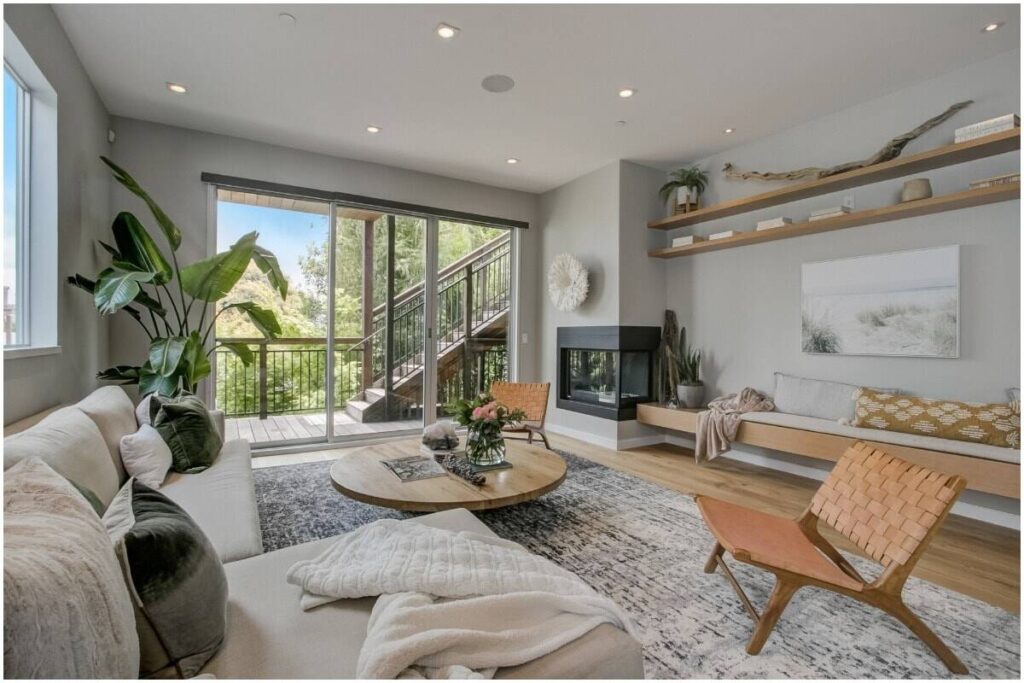
- Modern: Sleek lines, minimalist décor, and a focus on functionality define modern design. Think clean surfaces, neutral color palettes with pops of bold color, and the use of natural materials like wood, glass, and metal.
- Contemporary: Often confused with modern, contemporary design is more fluid and evolving. It embraces current trends and can incorporate elements from various styles. Expect open floor plans, lots of natural light, and a mix of textures and materials.
- Traditional: Elegant and timeless, traditional design emphasizes classic furniture, rich colors, and intricate details. Think ornate moldings, antique pieces, and luxurious fabrics like velvet and silk.
- Scandinavian: Characterized by simplicity, functionality, and natural light, Scandinavian design creates a warm and inviting atmosphere. Expect neutral color palettes, natural wood accents, and cozy textiles like wool and sheepskin.
- Bohemian: A free-spirited and eclectic style, bohemian design embraces bold colors, patterns, and textures. Think vintage furniture, globally inspired décor, and lots of plants.
- Industrial: Inspired by warehouses and factories, industrial design features exposed brick, concrete floors, and metal accents. Think raw and unfinished elements combined with comfortable furniture and warm lighting.
- Farmhouse: Rustic and charming, farmhouse design creates a cozy and welcoming atmosphere. Think shiplap walls, vintage furniture, and natural materials like wood and stone.
- Minimalist: Less is more with minimalist design. It focuses on simplicity, functionality, and clean lines. Think neutral colors, uncluttered spaces, and a focus on essential items.
- Coastal: Inspired by the beach and the ocean, coastal design features light and airy colors, natural materials like jute and linen, and nautical-inspired décor. Think seashells, driftwood, and blue and white color palettes.
Don’t feel limited to just one style! Many homeowners find that they gravitate towards a blend of different styles. The key is to identify the elements that you love and create a cohesive and personalized space.
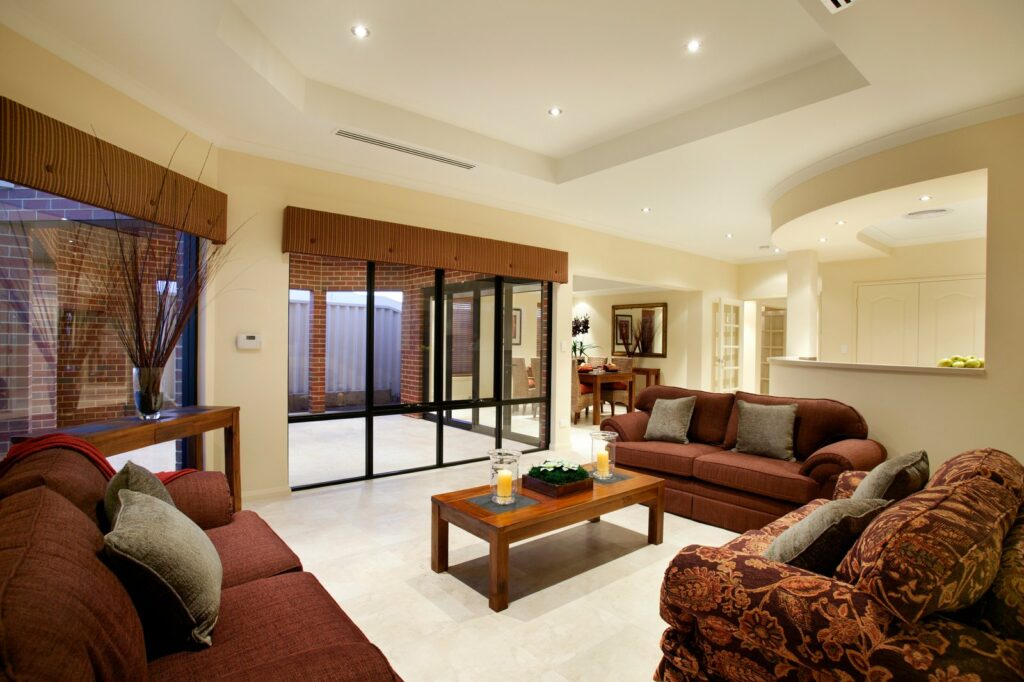
Mixing and Matching Styles: Creating a Unique Look
The beauty of interior design lies in its flexibility. Feel free to experiment and mix and match different styles to create a space that reflects your unique personality. For example, you could combine modern furniture with traditional artwork or add bohemian accents to a Scandinavian-inspired room. The important thing is to create a cohesive and balanced look.
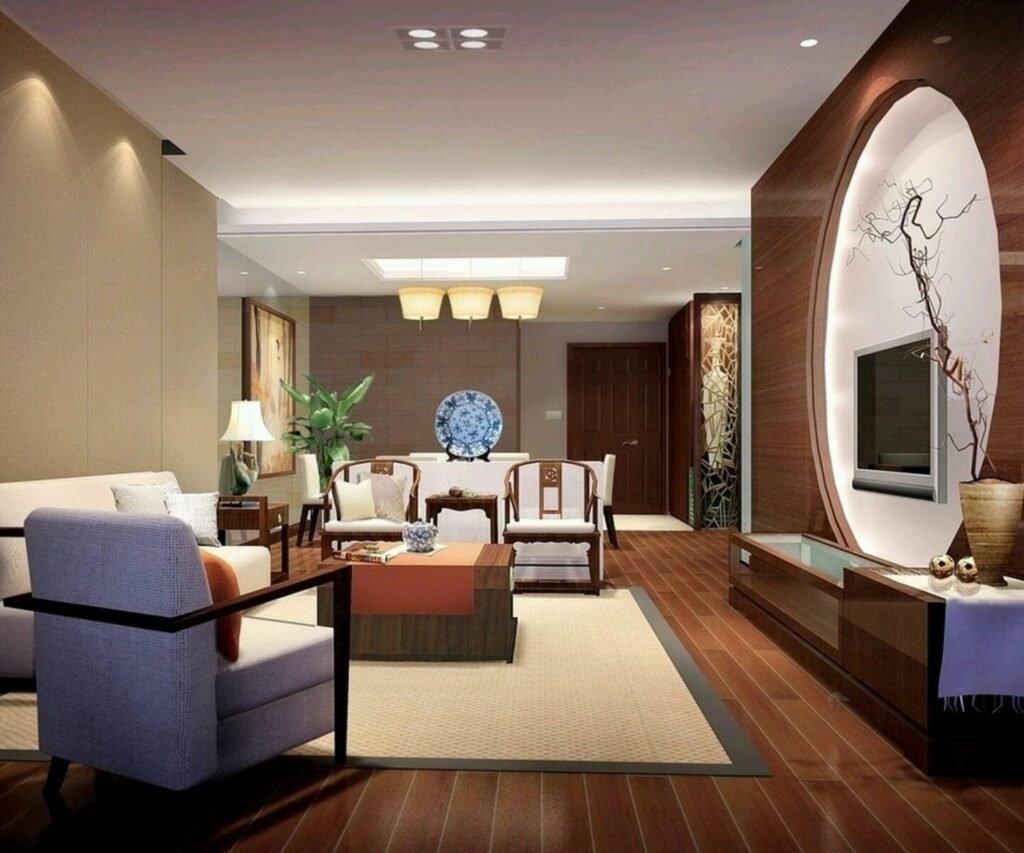
When mixing styles, pay attention to the overall color palette, textures, and proportions. Choose a dominant style to serve as the foundation and then incorporate elements from other styles to add interest and personality. Don’t be afraid to experiment and trust your instincts!
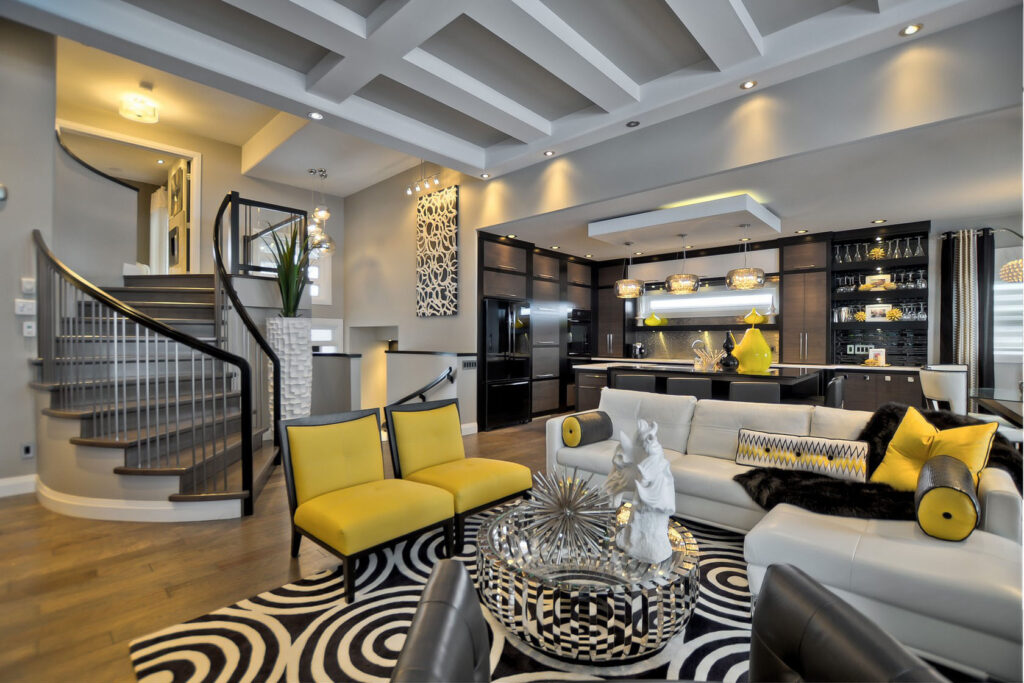
The Power of Color: Creating Mood and Atmosphere
Color is one of the most powerful tools in interior design. It can influence mood, create a sense of space, and tie together different elements of a room. Understanding the psychology of color can help you choose the right hues for your home.
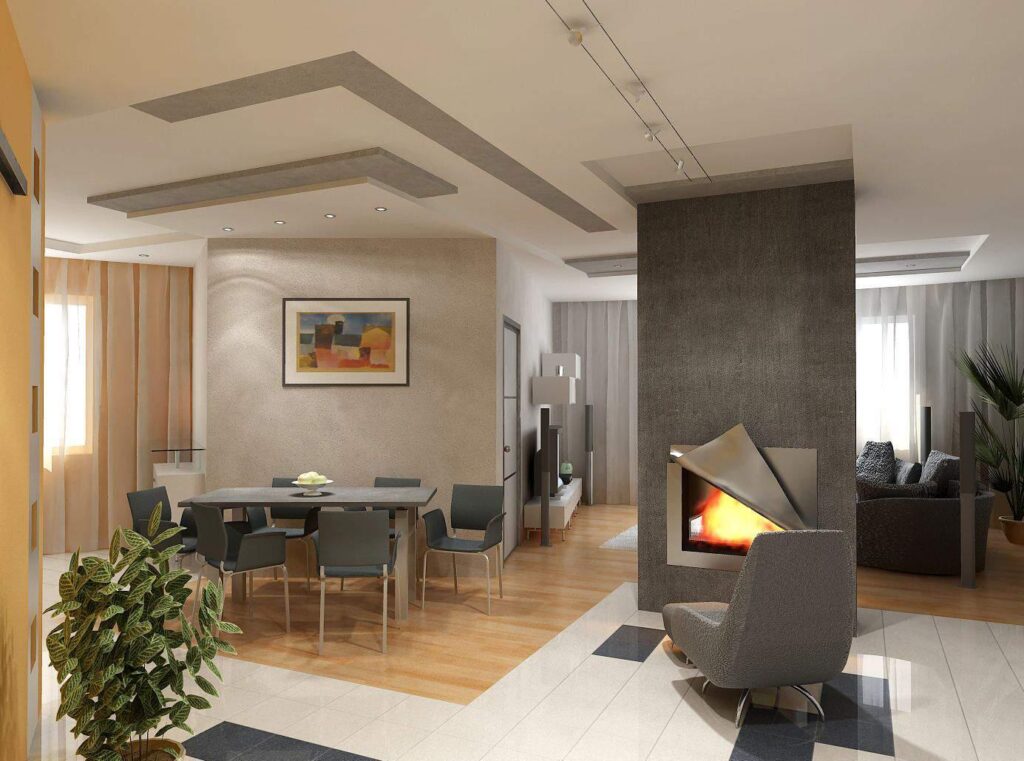
- Warm Colors (Red, Orange, Yellow): These colors evoke feelings of warmth, energy, and excitement. They can make a room feel cozy and inviting, but they can also be overwhelming in large doses.
- Cool Colors (Blue, Green, Purple): These colors evoke feelings of calmness, serenity, and peace. They can make a room feel spacious and relaxing, but they can also feel cold and impersonal if not balanced with warmer tones.
- Neutral Colors (White, Gray, Beige): These colors provide a versatile backdrop for any style of décor. They can be used to create a clean and modern look or to soften and balance bolder colors.
Consider the function of the room when choosing a color palette. For example, a bedroom might benefit from calming blues and greens, while a living room might benefit from warm and inviting oranges and yellows. Don’t be afraid to experiment with different color combinations to find what works best for you.
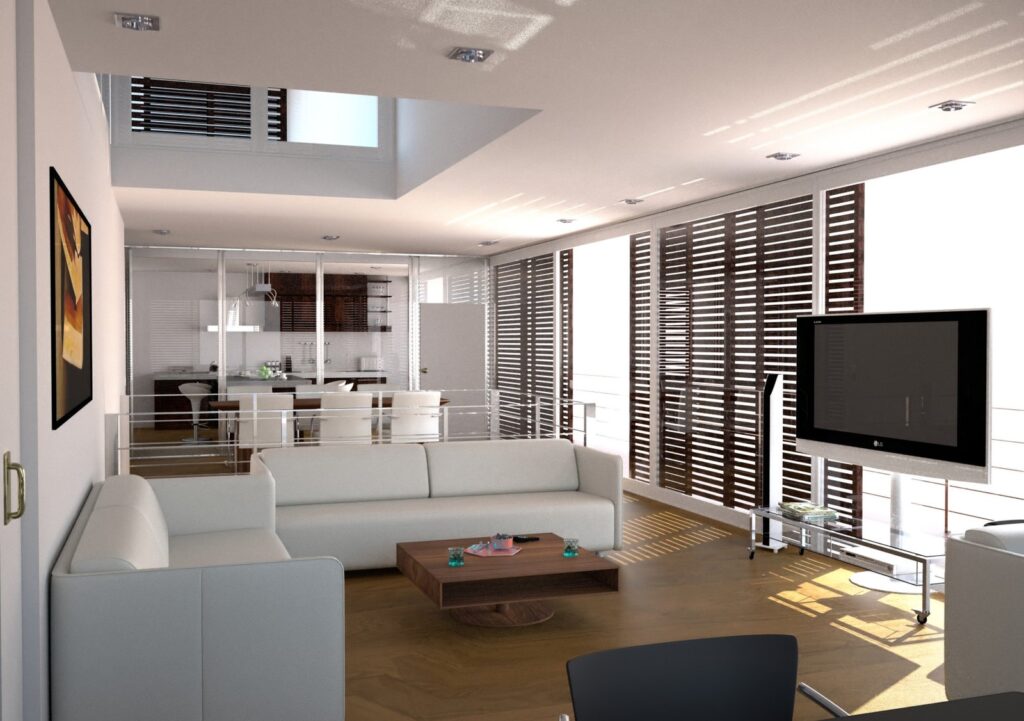
Using Color to Create Space: Tricks and Techniques
Color can also be used to manipulate the perception of space. Light colors can make a room feel larger and more open, while dark colors can make a room feel smaller and more intimate. You can also use color to highlight certain features of a room or to hide flaws.
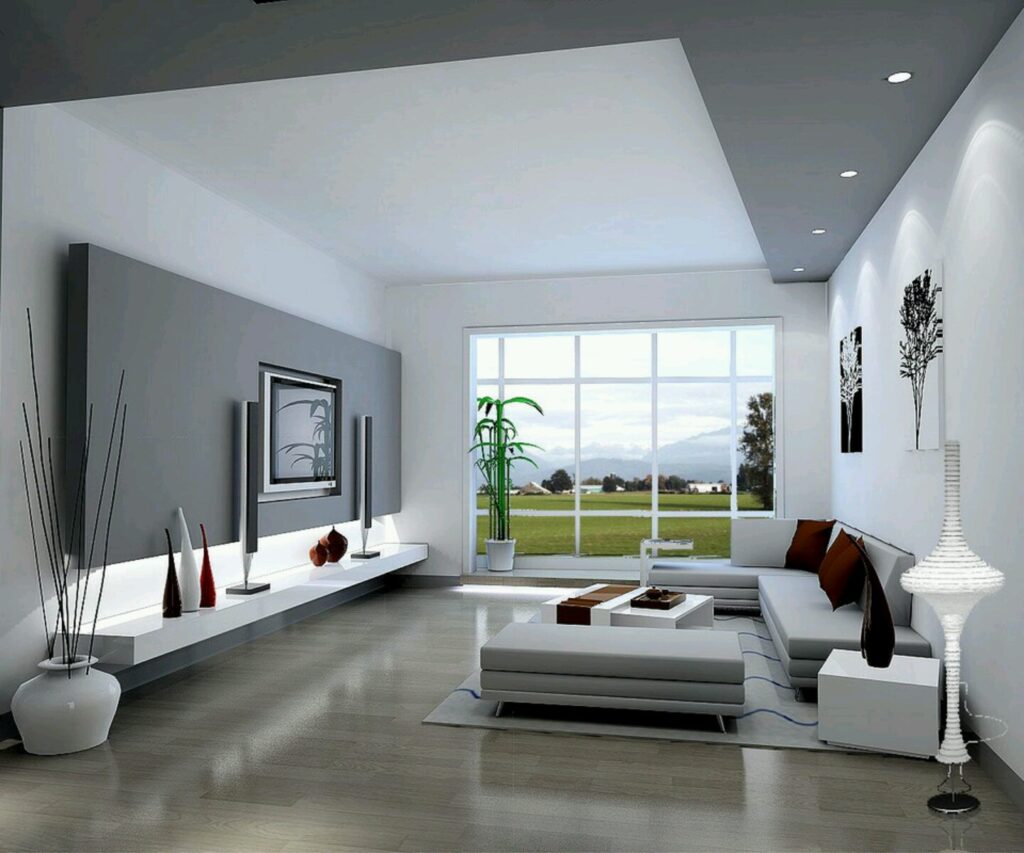
- Paint walls a light color to make a small room feel larger.
- Use a darker color on an accent wall to add depth and dimension to a room.
- Paint ceilings a lighter color than the walls to make the ceiling appear higher.
- Use a monochromatic color scheme to create a sense of harmony and continuity.
The Importance of Texture: Adding Depth and Interest
Texture is another essential element of interior design. It adds depth, interest, and visual appeal to a room. Think about the different textures you can incorporate into your home, such as:
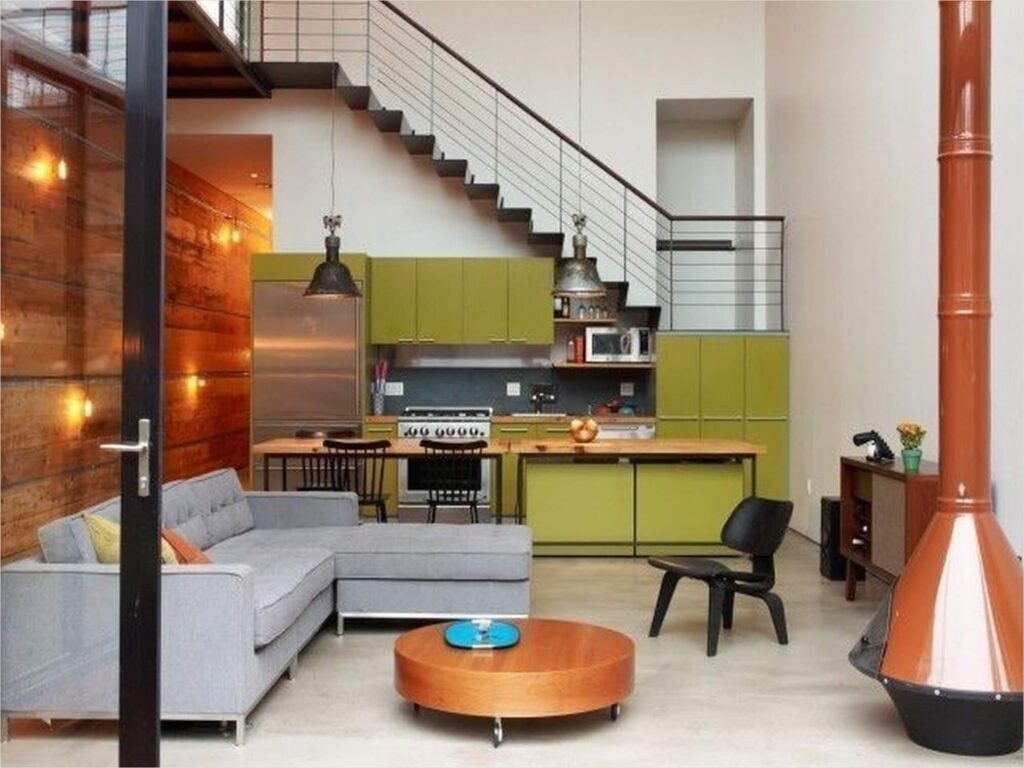
- Fabrics: Velvet, silk, linen, wool, cotton
- Materials: Wood, metal, glass, stone, concrete
- Finishes: Matte, glossy, textured
Mixing and matching different textures can create a dynamic and inviting space. For example, you could pair a velvet sofa with a linen throw blanket or combine a wooden coffee table with a metal lamp. The key is to create a balance between smooth and rough textures to add visual interest.
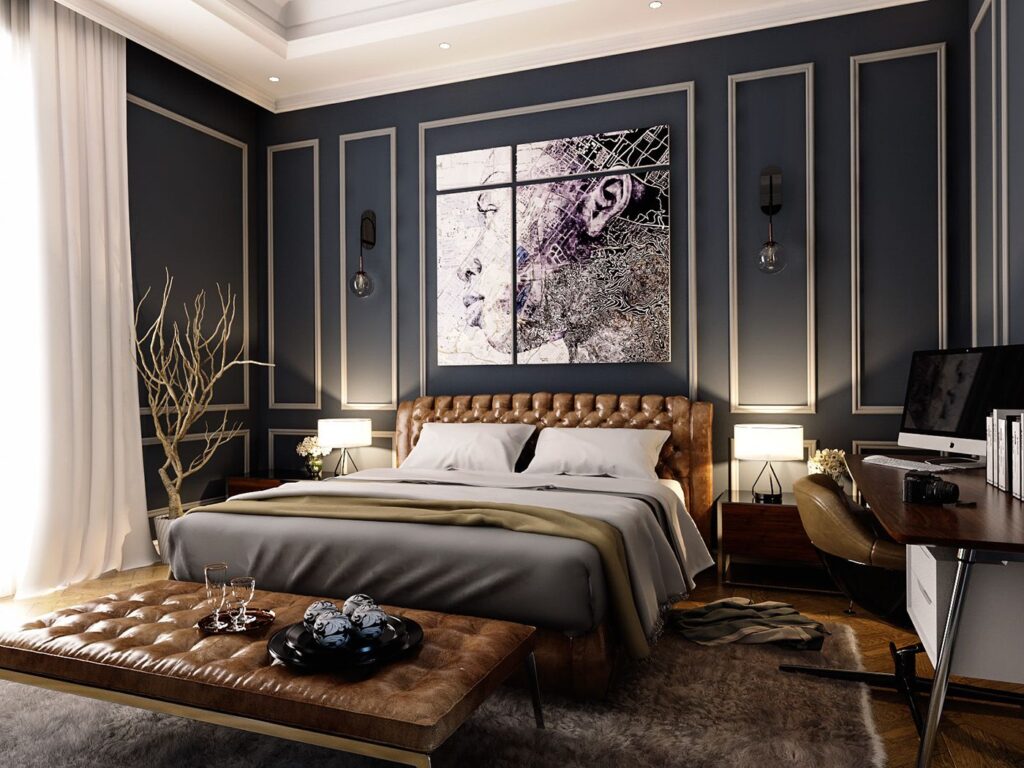
Layering Textures: Creating a Luxurious Feel
Layering textures is a great way to create a luxurious and inviting feel in your home. Start with a base layer of smooth textures, such as painted walls and polished floors. Then, add layers of texture with furniture, rugs, and accessories.
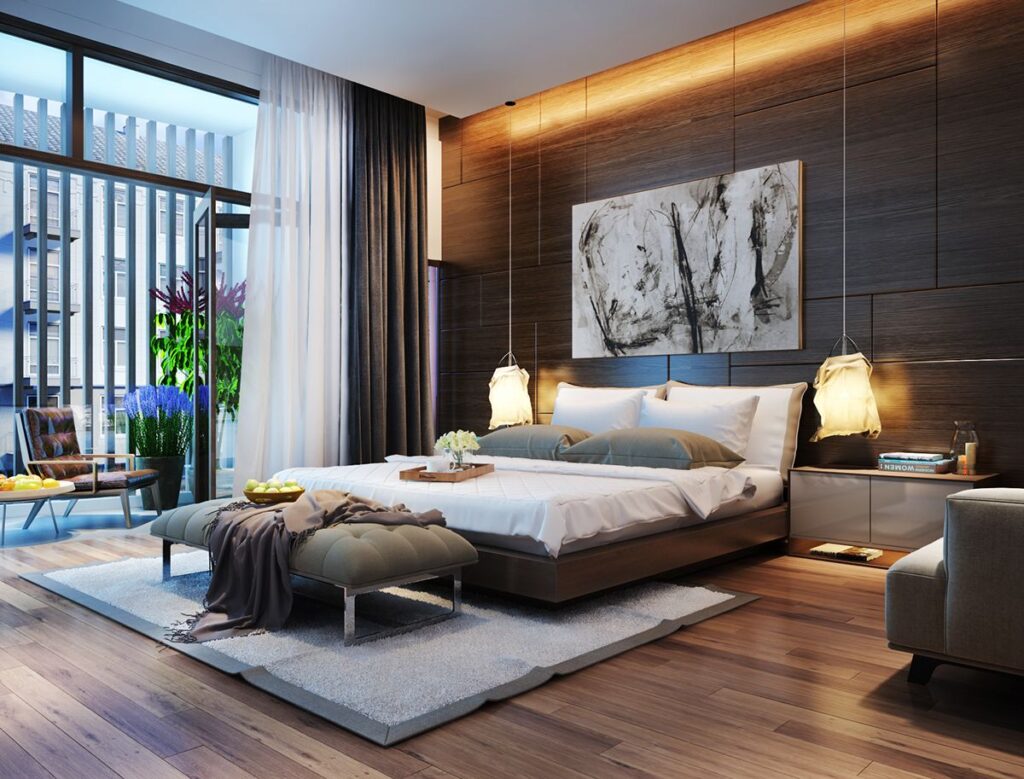
Consider using a variety of different textures, such as:
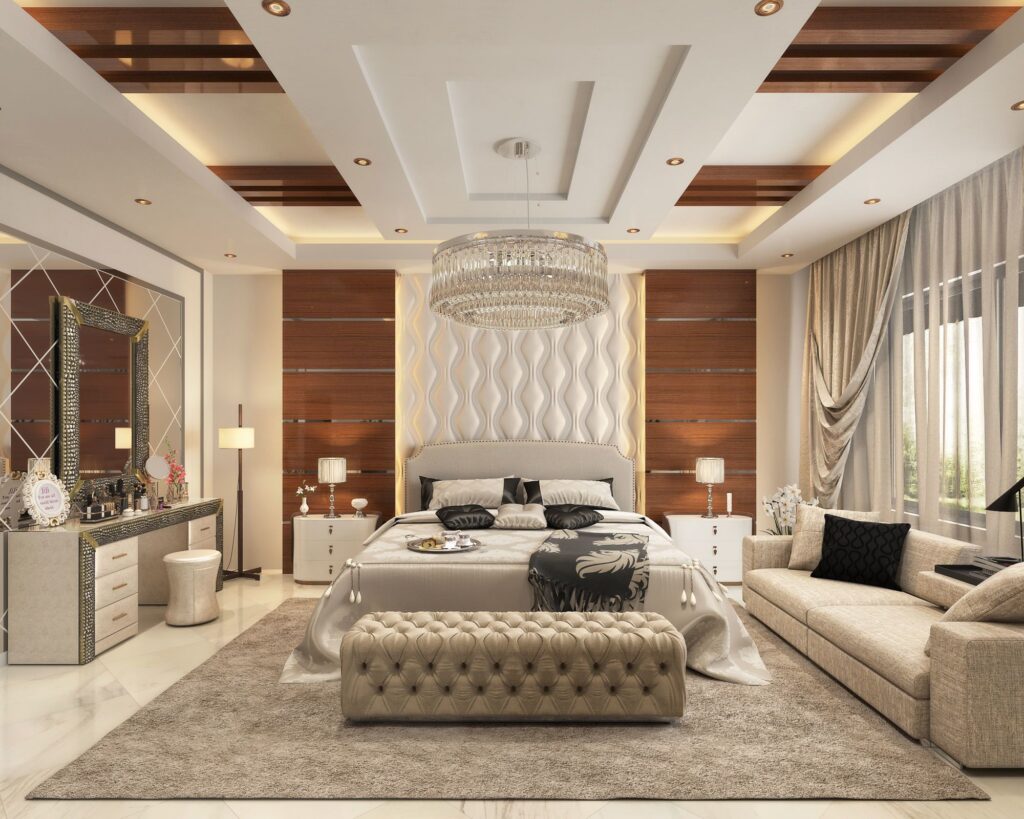
- A plush rug to add warmth and comfort to a room.
- Throw pillows in different fabrics and textures to add visual interest to a sofa.
- Artwork with textured surfaces to add depth and dimension to a wall.
- Plants with different leaf textures to add life and vibrancy to a space.
Maximizing Space: Smart Design Solutions for Small Homes
Living in a small space doesn’t mean you have to sacrifice style or functionality. With a few smart design solutions, you can maximize your space and create a home that feels both comfortable and stylish.
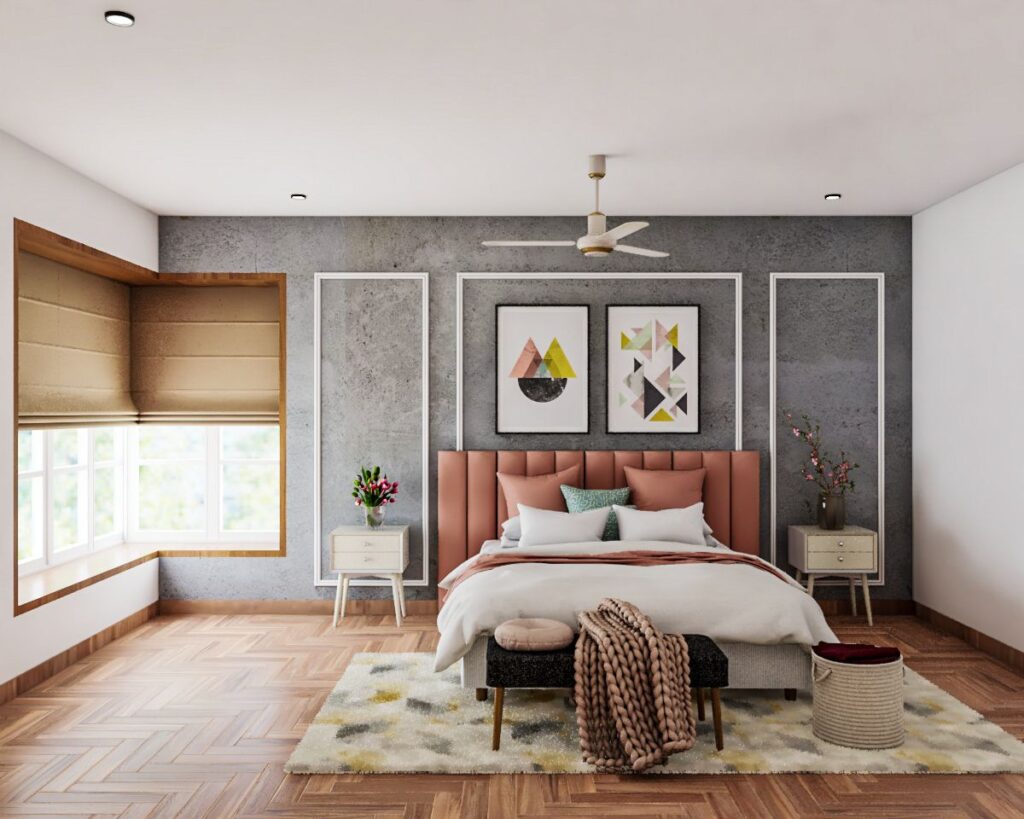
- Use multi-functional furniture: Choose furniture that serves multiple purposes, such as a sofa bed, a coffee table with storage, or a dining table that can be expanded.
- Embrace vertical storage: Utilize wall space to store items and keep floors clear. Install shelves, cabinets, and hooks to maximize vertical storage.
- Choose light and bright colors: Light colors can make a small room feel larger and more open. Paint walls and ceilings a light color to maximize the feeling of spaciousness.
- Declutter regularly: Get rid of anything you don’t need or use to keep your space clutter-free. A clutter-free space will feel more spacious and organized.
- Use mirrors: Mirrors can reflect light and create the illusion of more space. Hang a large mirror on a wall to make a room feel larger.
Creating Zones in Small Spaces: Defining Functionality
In small spaces, it’s important to define different zones for different activities. This can help you create a sense of order and functionality in your home. You can define zones using:
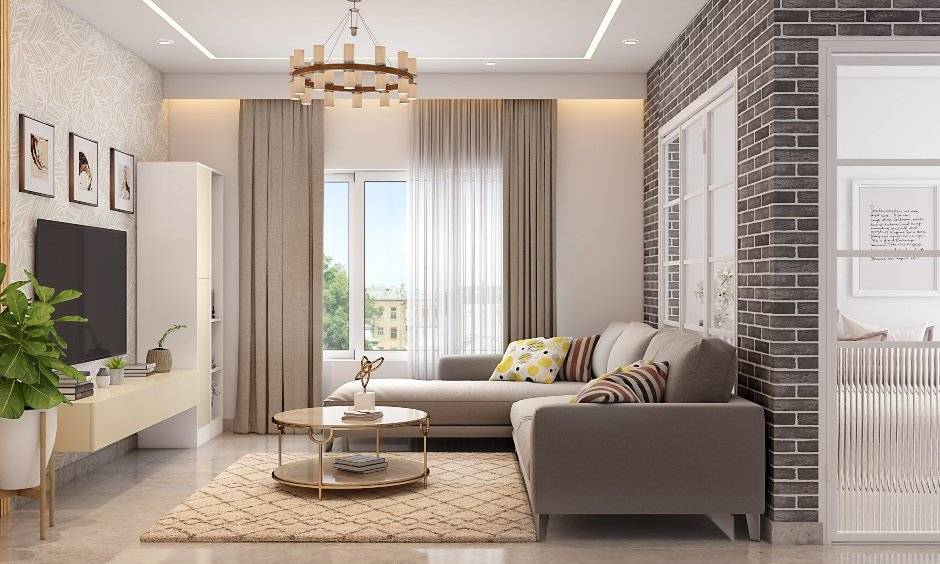
- Rugs: Use rugs to define seating areas or dining areas.
- Furniture: Arrange furniture to create distinct zones for different activities.
- Color: Use different colors to define different zones.
- Lighting: Use different types of lighting to create different moods and atmospheres in different zones.
Lighting: Setting the Mood and Enhancing Functionality
Lighting is a crucial element of interior design. It can set the mood, enhance functionality, and highlight architectural features. Consider the different types of lighting you can incorporate into your home, such as:
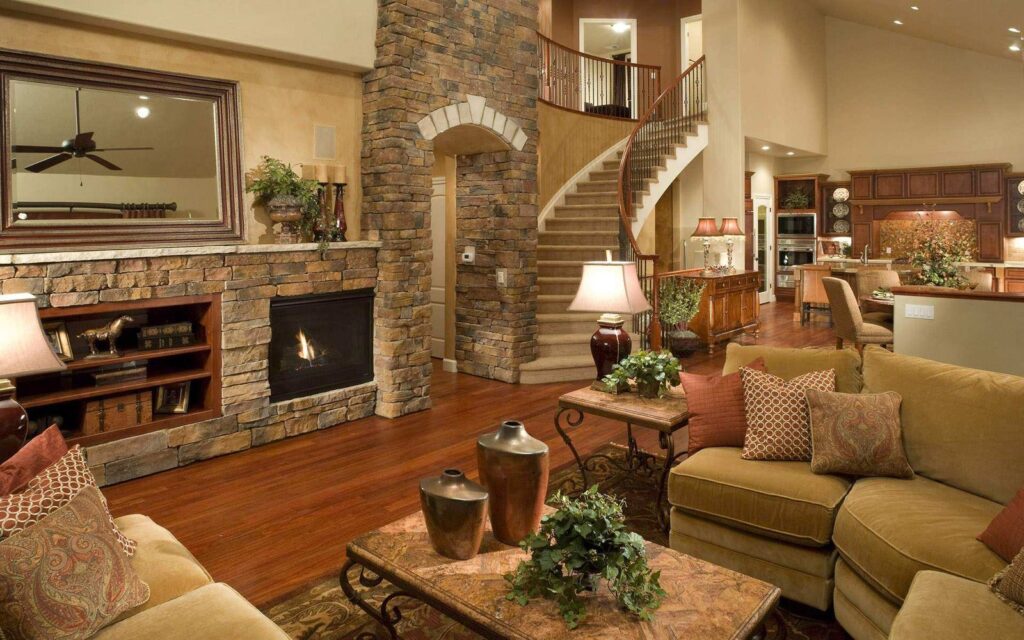
- Ambient Lighting: Provides overall illumination to a room. Examples include recessed lighting, chandeliers, and ceiling fixtures.
- Task Lighting: Provides focused light for specific tasks. Examples include desk lamps, reading lamps, and under-cabinet lighting.
- Accent Lighting: Highlights specific features of a room, such as artwork or architectural details. Examples include spotlights, wall sconces, and picture lights.
Layering different types of lighting can create a dynamic and inviting atmosphere. Use ambient lighting to provide overall illumination, task lighting to provide focused light for specific tasks, and accent lighting to highlight architectural features and add visual interest.
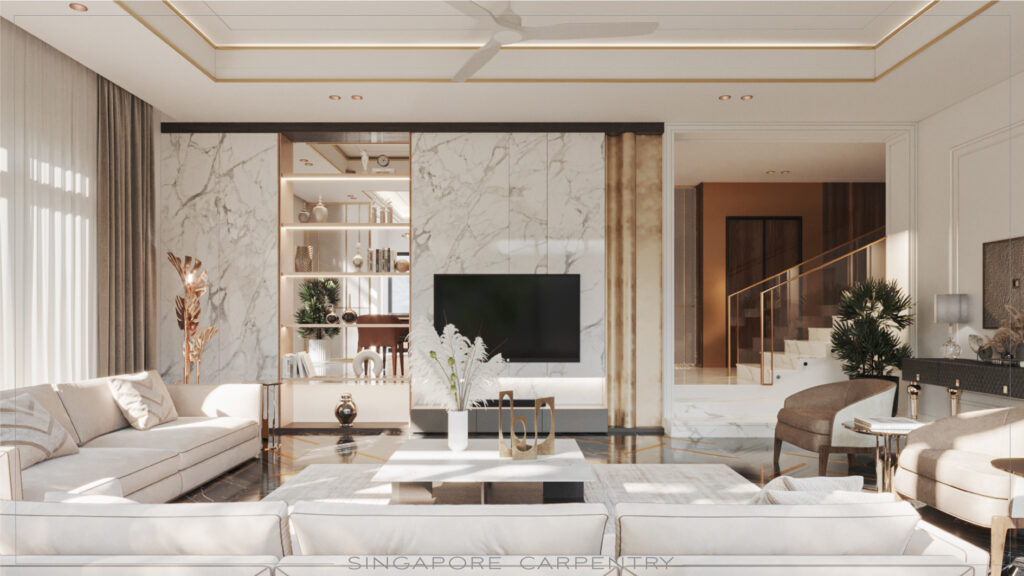
Choosing the Right Light Bulbs: Color Temperature and Energy Efficiency
When choosing light bulbs, consider both color temperature and energy efficiency. Color temperature refers to the warmth or coolness of the light. Warmer light bulbs (2700K-3000K) create a cozy and inviting atmosphere, while cooler light bulbs (3500K-4100K) create a brighter and more energizing atmosphere.
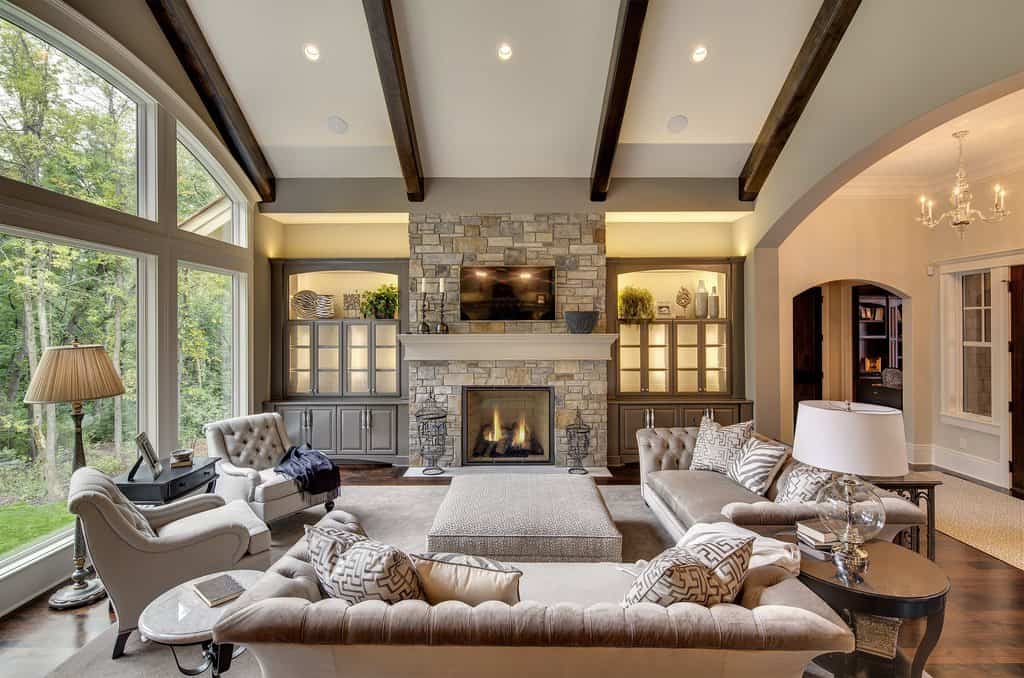
Energy-efficient light bulbs, such as LED bulbs, can save you money on your energy bill and reduce your carbon footprint. LED bulbs also last much longer than traditional incandescent bulbs, so you won’t have to replace them as often.
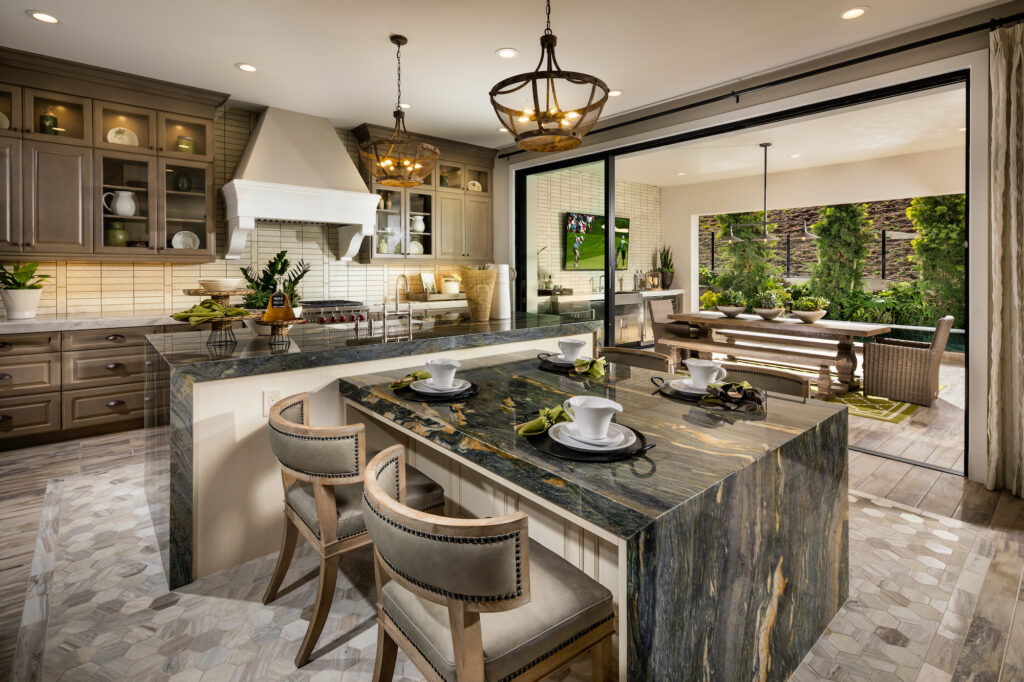
Flooring: The Foundation of Your Design
Flooring is the foundation of your interior design. It sets the tone for the entire room and should be chosen carefully to complement your overall style. Consider the different types of flooring available, such as:
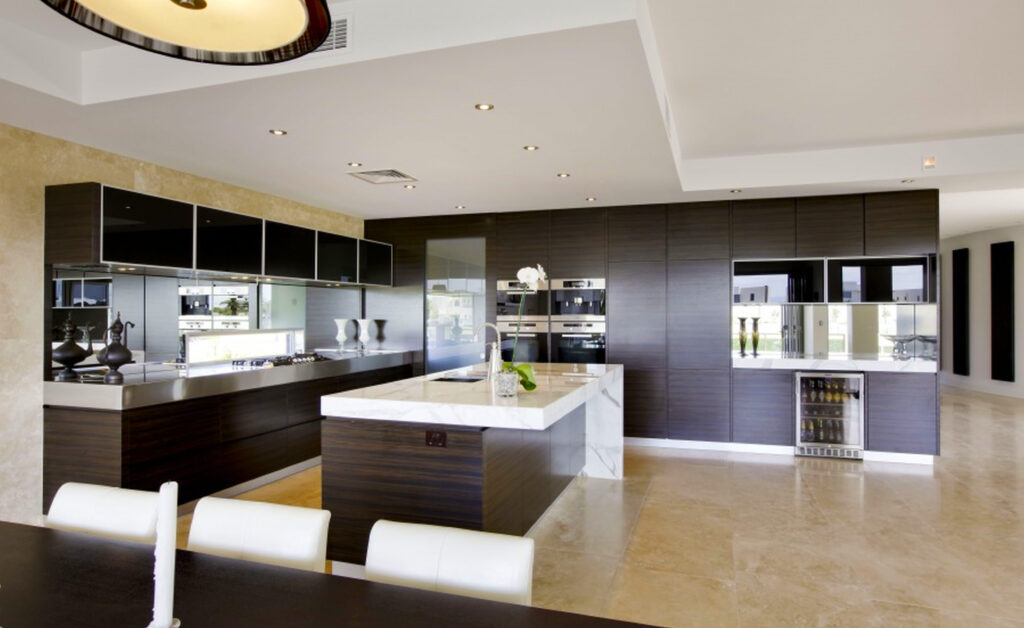
- Hardwood: A classic and durable option that adds warmth and elegance to any room.
- Tile: A versatile and water-resistant option that is ideal for bathrooms and kitchens.
- Carpet: A soft and comfortable option that adds warmth and sound insulation to a room.
- Laminate: A budget-friendly option that mimics the look of hardwood or tile.
- Vinyl: A durable and water-resistant option that is ideal for high-traffic areas.
Choose flooring that is appropriate for the function of the room and that complements your overall style. For example, hardwood flooring is a good choice for living rooms and bedrooms, while tile flooring is a good choice for bathrooms and kitchens.
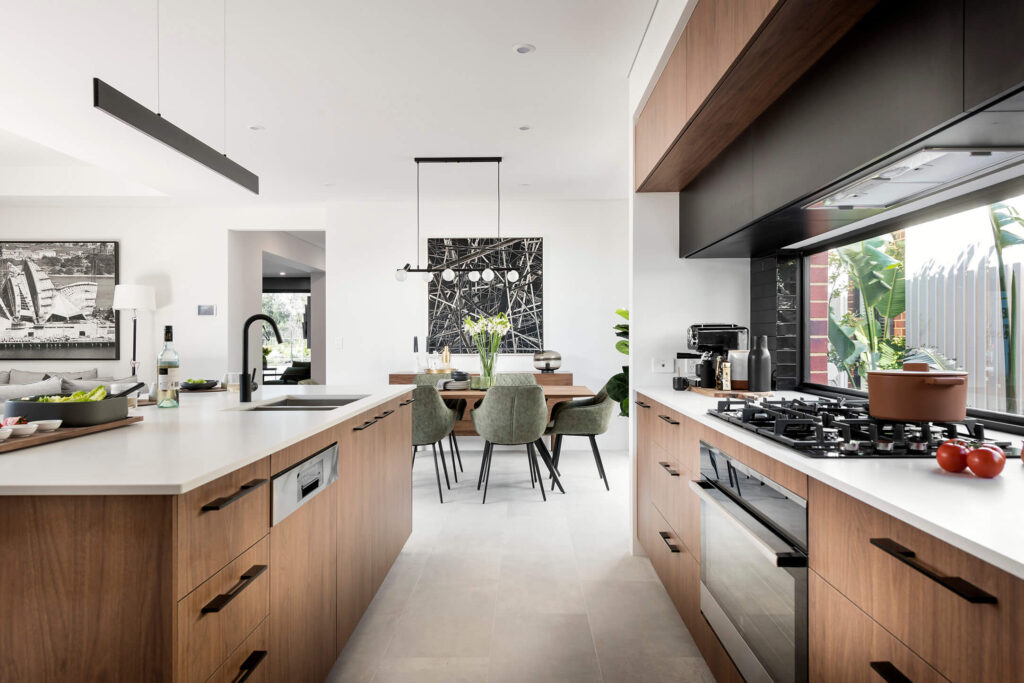
Area Rugs: Adding Comfort and Defining Spaces
Area rugs are a great way to add comfort, warmth, and style to a room. They can also be used to define different zones within a space. Choose an area rug that is the right size for the room and that complements your overall style. Consider the following tips when choosing an area rug:
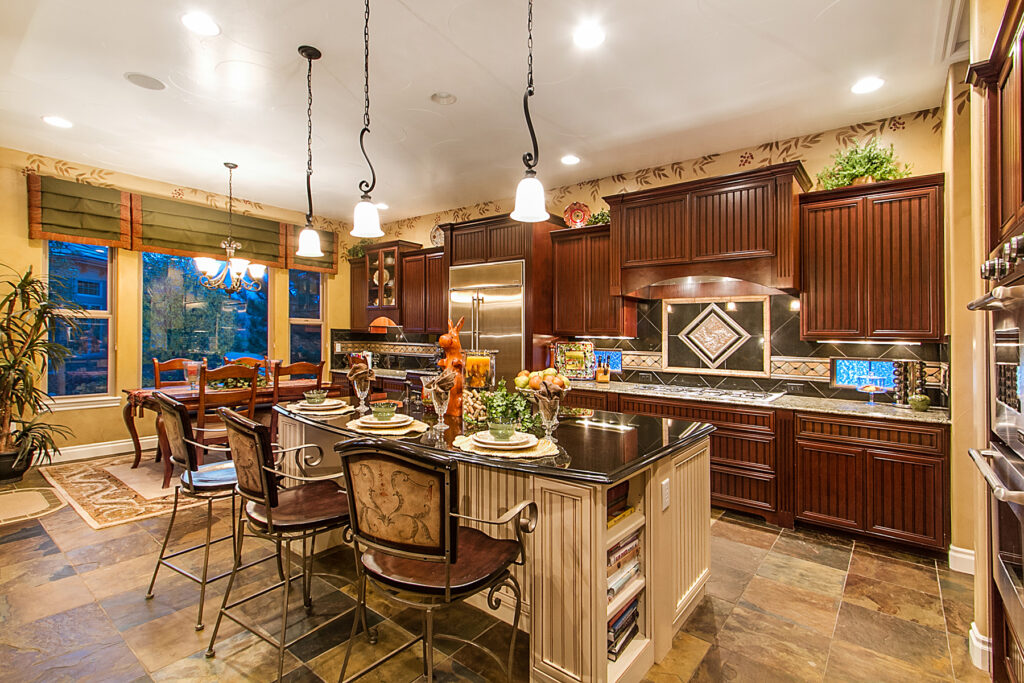
- Choose a rug that is large enough to anchor the furniture in the room.
- Choose a rug that is the right shape for the room.
- Choose a rug that complements the color palette of the room.
- Choose a rug that is durable and easy to clean.
Window Treatments: Privacy, Light Control, and Style
Window treatments are an essential element of interior design. They provide privacy, control light, and add style to a room. Consider the different types of window treatments available, such as:
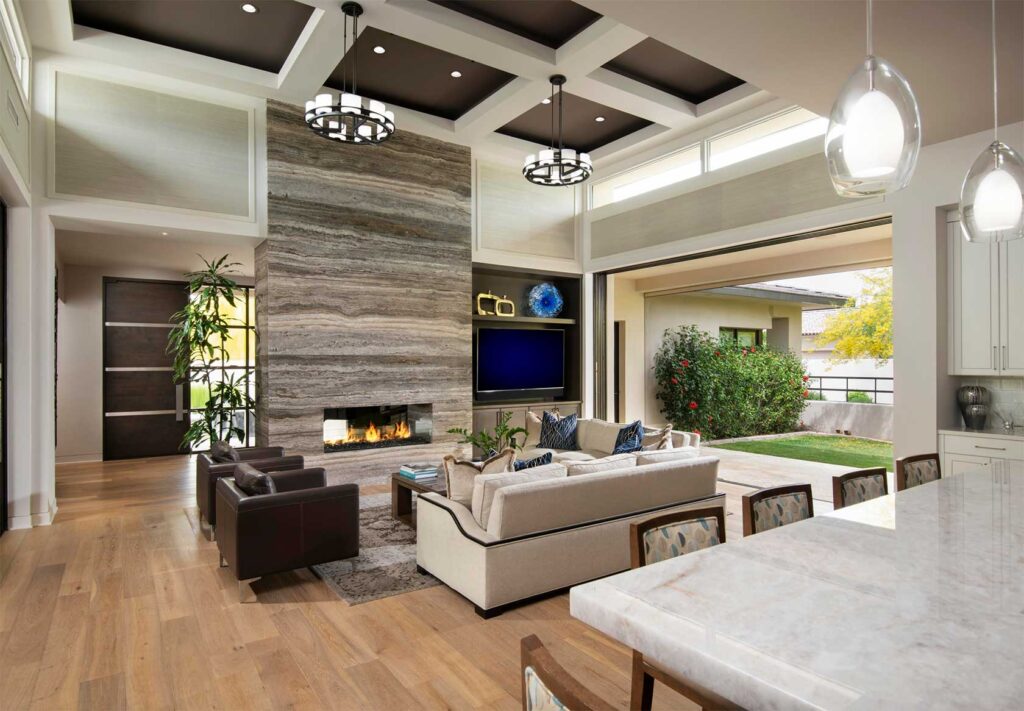
- Curtains: A classic and versatile option that can be used to add privacy, control light, and add style to a room.
- Blinds: A practical and affordable option that provides privacy and light control.
- Shades: A sleek and modern option that provides privacy, light control, and insulation.
- Shutters: A classic and elegant option that provides privacy, light control, and ventilation.
Choose window treatments that are appropriate for the function of the room and that complement your overall style. For example, blackout curtains are a good choice for bedrooms, while sheer curtains are a good choice for living rooms.
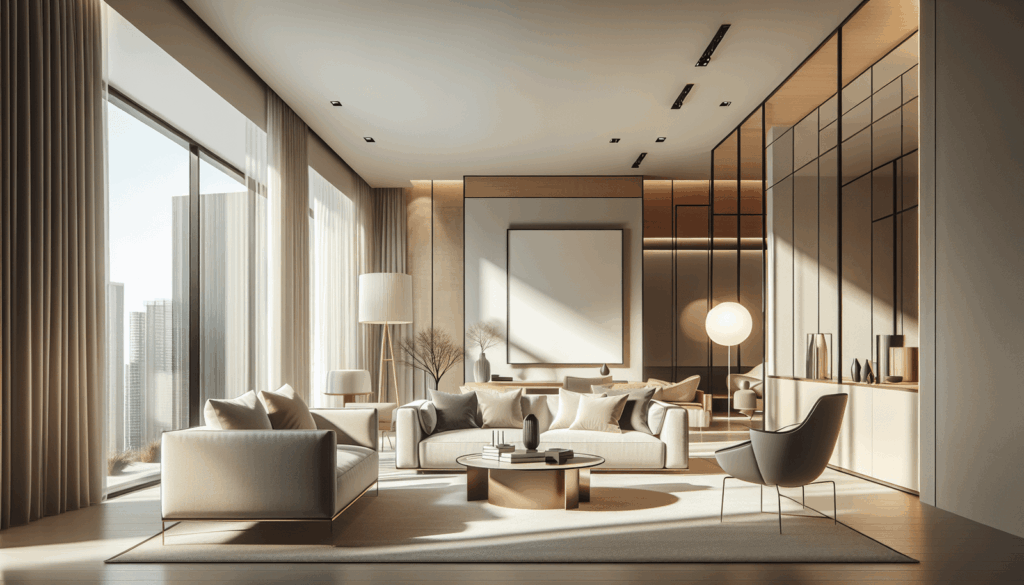
Layering Window Treatments: Creating Depth and Dimension
Layering window treatments is a great way to create depth and dimension in a room. You can layer different types of window treatments to achieve different effects. For example, you could layer sheer curtains with blackout curtains to provide both privacy and light control. You could also layer blinds with curtains to add texture and visual interest to a window.
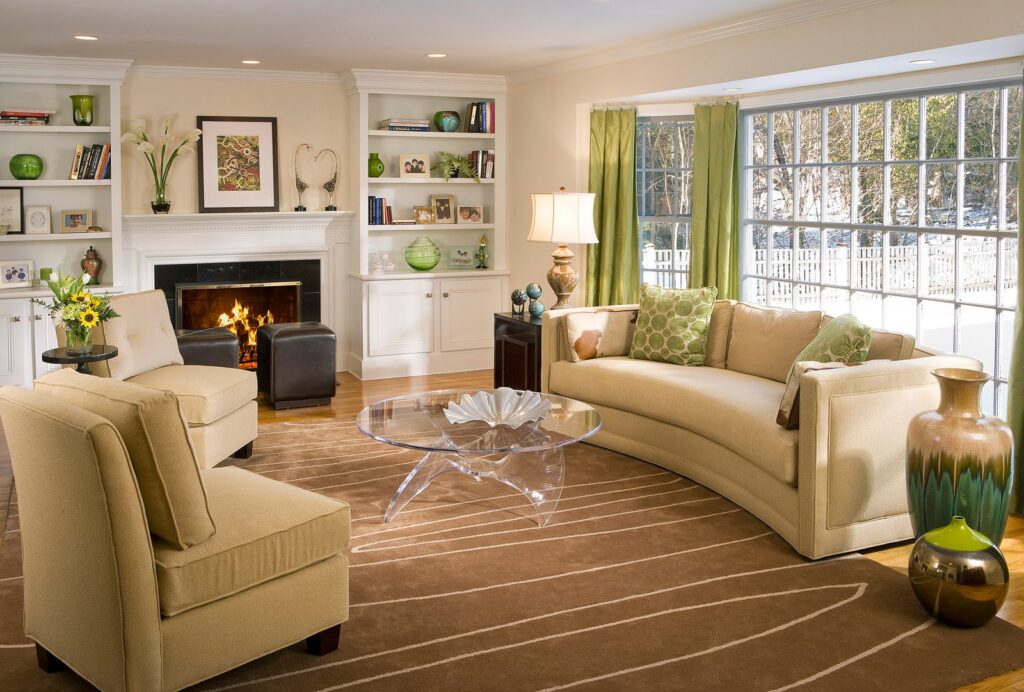
Accessories: Adding the Finishing Touches
Accessories are the finishing touches that add personality and character to a room. Consider the different types of accessories you can incorporate into your home, such as:
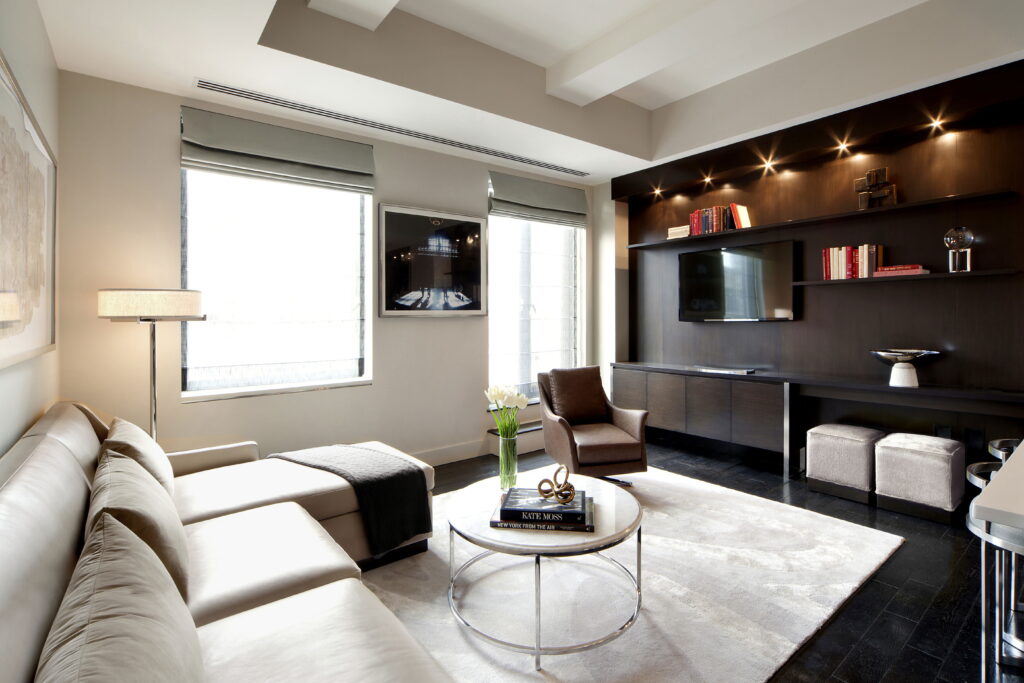
- Artwork: Paintings, prints, sculptures, and other decorative objects.
- Throw Pillows: Add comfort, color, and texture to sofas and chairs.
- Blankets: Add warmth and comfort to sofas and chairs.
- Plants: Add life and vibrancy to a space.
- Books: Add personality and intellectual appeal to a room.
- Candles: Add warmth and ambiance to a space.
- Vases: Add elegance and style to a room.
Choose accessories that reflect your personal style and that complement the overall design of the room. Don’t be afraid to experiment and have fun with accessories!
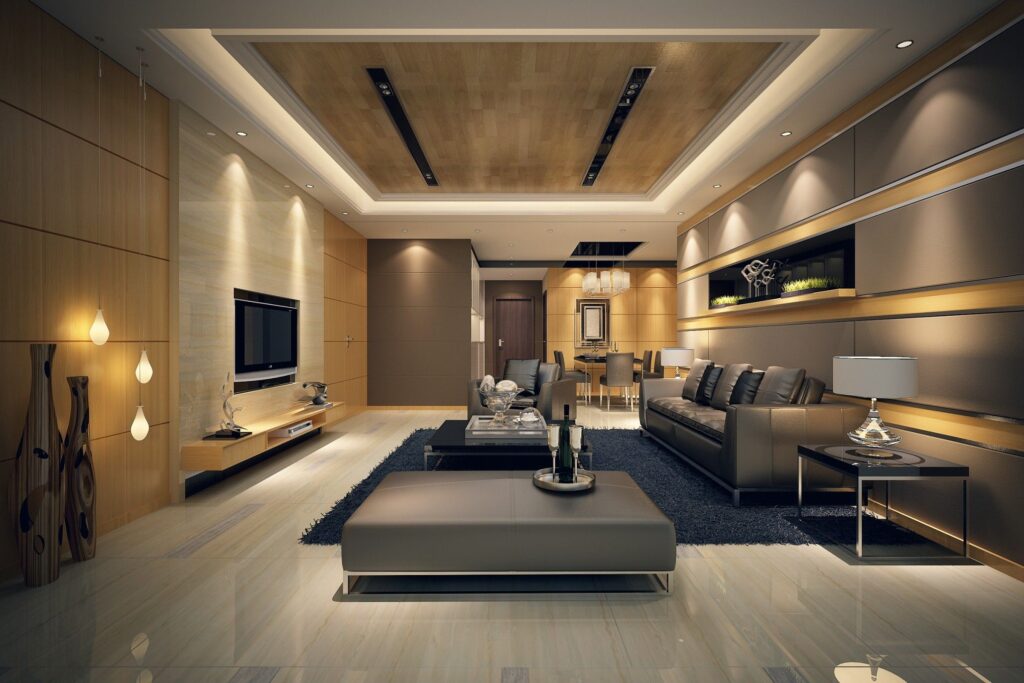
Creating Vignettes: Arranging Accessories for Visual Impact
Creating vignettes is a great way to arrange accessories for visual impact. A vignette is a small grouping of objects that are arranged to create a visually appealing display. Consider the following tips when creating a vignette:
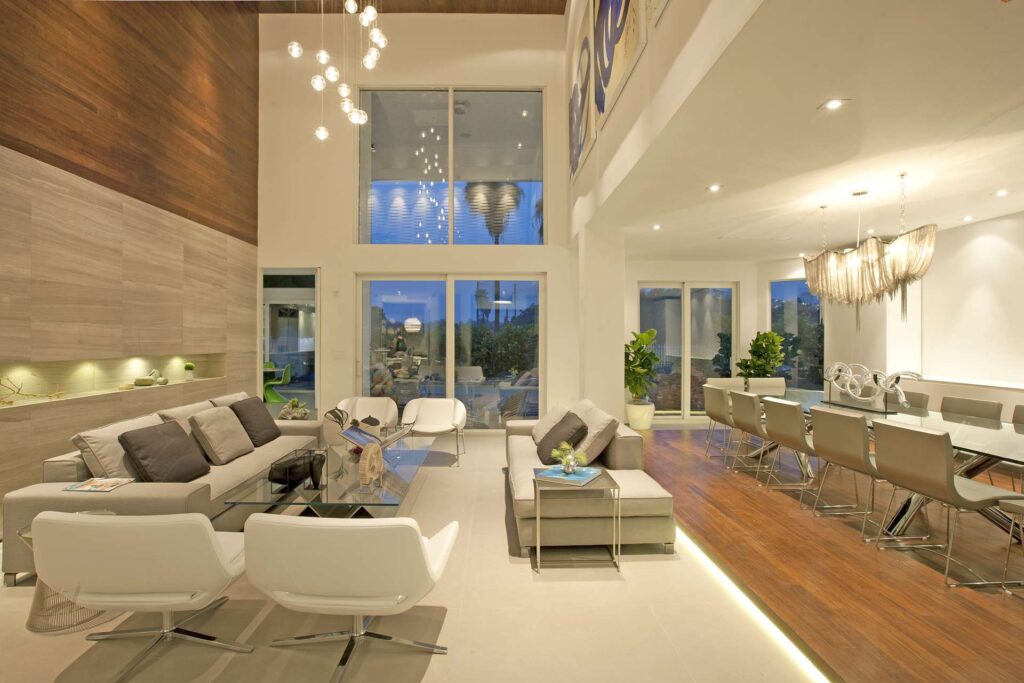
- Choose a focal point for the vignette.
- Use objects of varying heights and sizes.
- Layer objects to create depth and dimension.
- Use a variety of textures and materials.
- Keep it simple and uncluttered.
Sustainable Design: Creating an Eco-Friendly Home
Sustainable design is becoming increasingly important as homeowners become more aware of the environmental impact of their choices. Consider the following tips for creating an eco-friendly home:
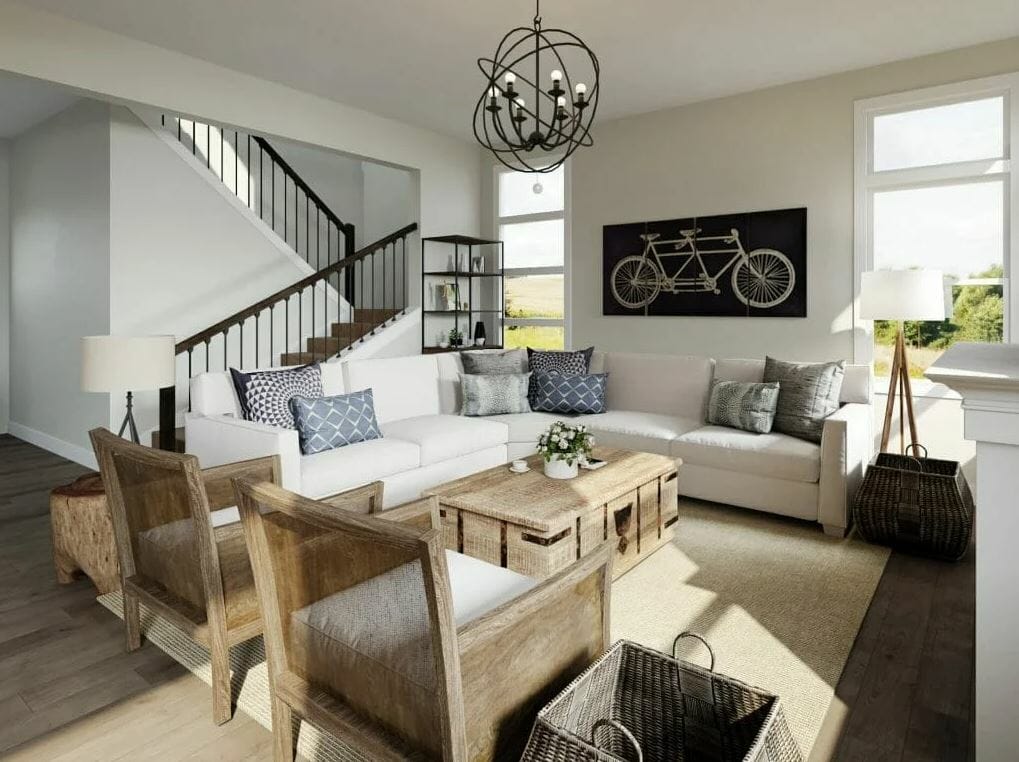
- Choose sustainable materials: Opt for materials that are recycled, renewable, or sustainably sourced.
- Use energy-efficient appliances and lighting: Choose appliances and lighting that are Energy Star certified.
- Conserve water: Install low-flow faucets and showerheads.
- Reduce waste: Recycle and compost whenever possible.
- Use non-toxic paints and finishes: Choose paints and finishes that are low-VOC or VOC-free.
Incorporating Natural Elements: Bringing the Outdoors In
Incorporating natural elements into your home is a great way to create a connection with nature and improve your overall well-being. Consider the following ways to bring the outdoors in:
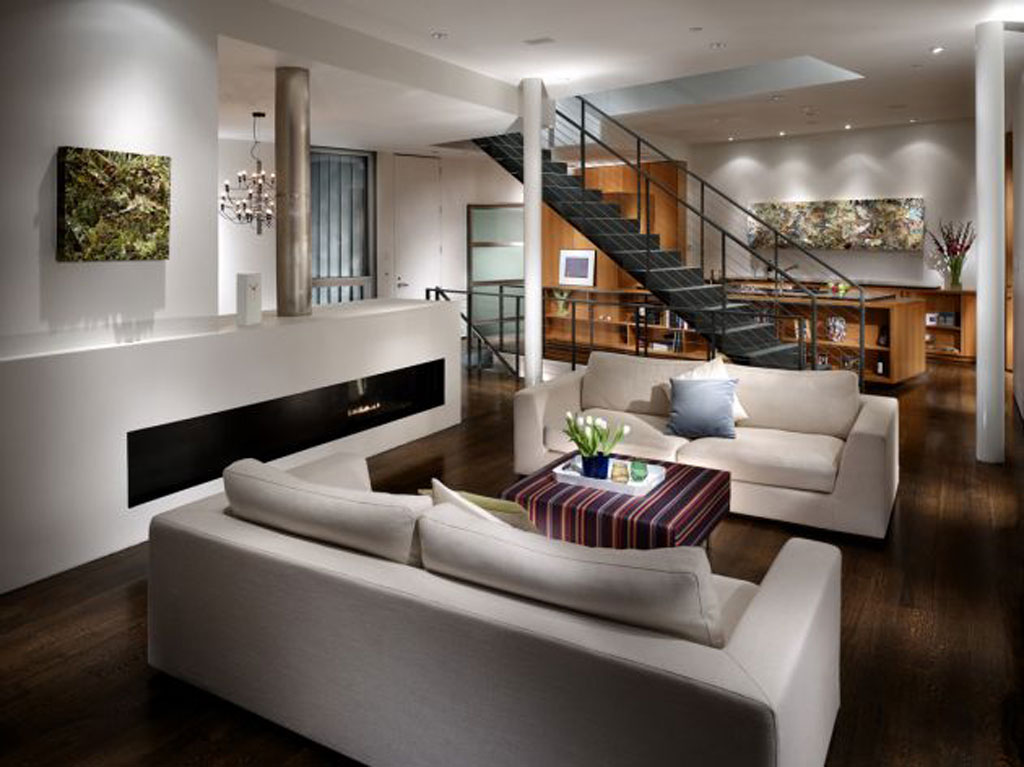
- Add plants: Plants can purify the air, add life and vibrancy to a space, and create a sense of calm.
- Use natural materials: Incorporate natural materials like wood, stone, and bamboo into your décor.
- Maximize natural light: Open curtains and blinds to let in as much natural light as possible.
- Create a view: Position furniture to take advantage of views of nature.
- Use natural colors: Incorporate natural colors like green, blue, and brown into your color palette.
Final Thoughts: Creating a Home You Love
Creating a beautiful and functional home is a journey, not a destination. Don’t be afraid to experiment, make mistakes, and learn along the way. The most important thing is to create a space that you love and that reflects your unique personality.
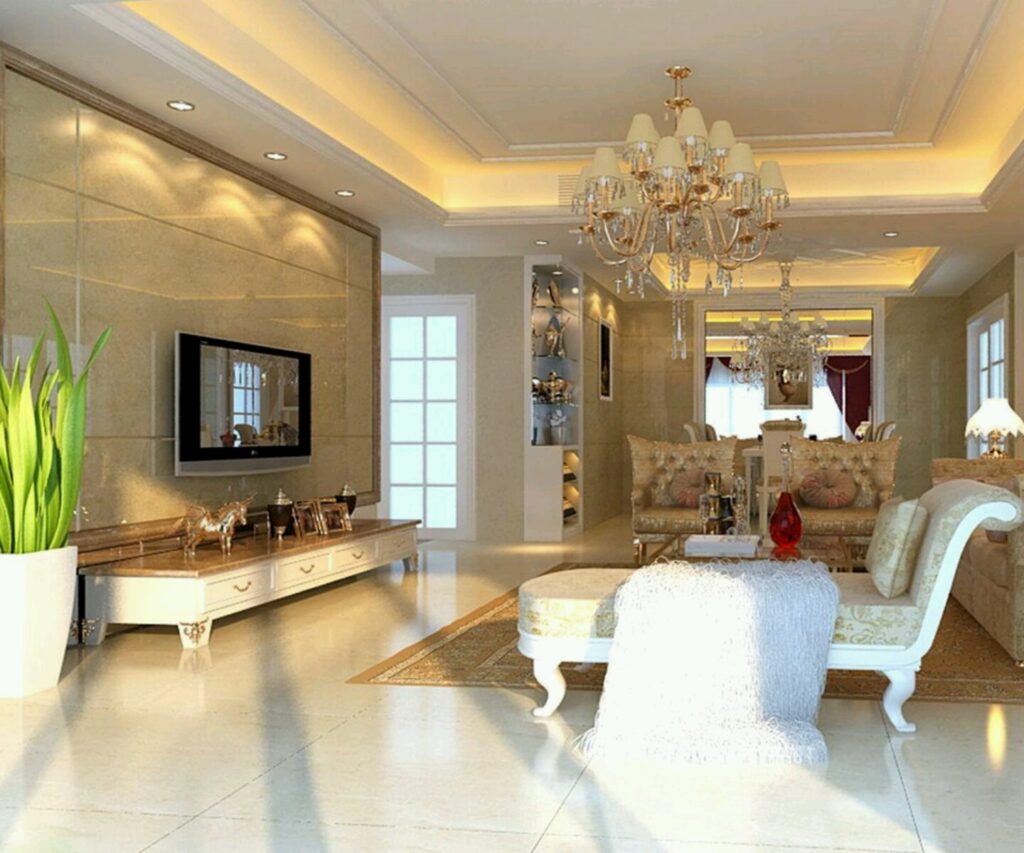
Remember to consider your lifestyle, budget, and personal preferences when making design decisions. Don’t be afraid to ask for help from professionals, such as interior designers or architects, if you need it. And most importantly, have fun!
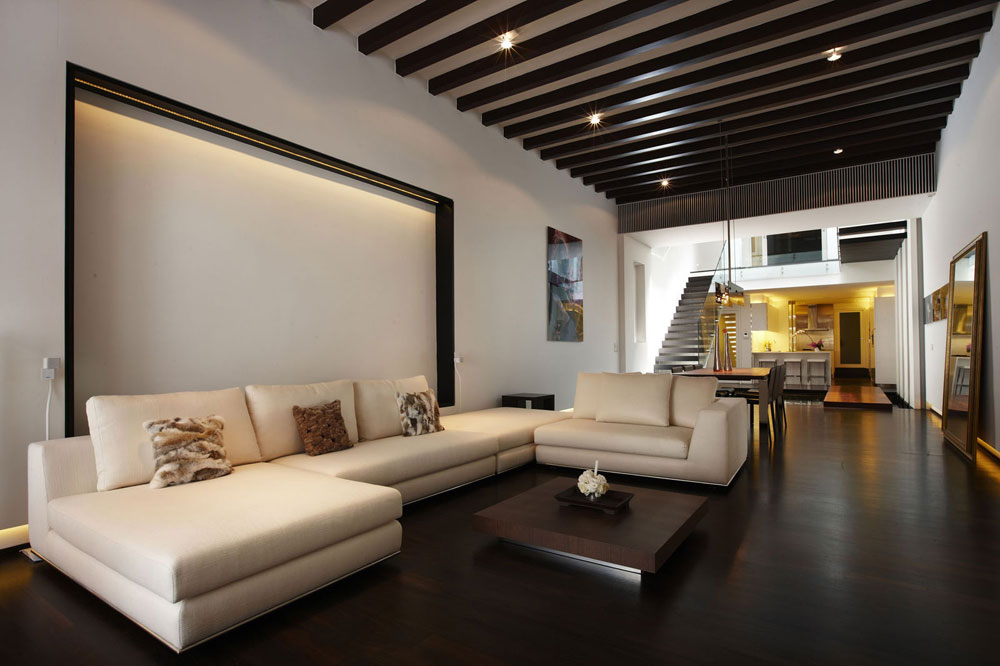
 Nimila
Nimila

